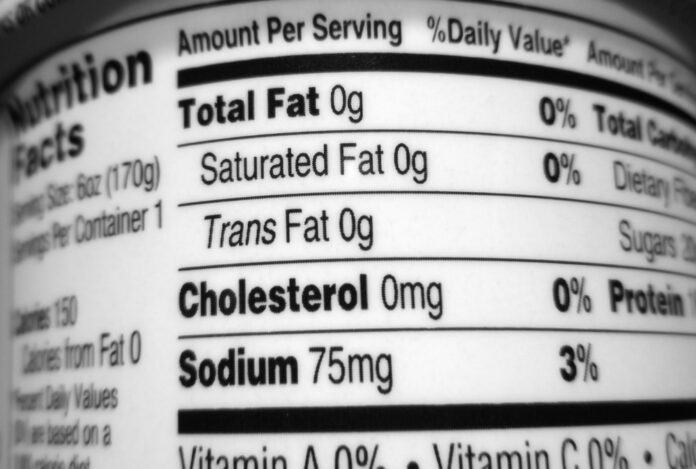In the late 1970’s the US Food And Drug Administration (FDA) released the recommendation that a low fat/fat free diet was the new goal. According to them, pathologies like breast cancer and cardiovascular disease were related to high levels of fat consumption. The original recommendation was to decrease the intake of saturated fats; however, the marketing team focused on promoting a low fat/fat free diet without any specifications to avoid confusion. Consequently, the obesity pandemic in the USA started at the beginning of the 1980’s. The fat free diet that was promoted, it may seem, had the opposite effect than what was intended. Why is this? Let’s first look at what fat free is and why as a society we are still greatly dealing with obesity even after we are eating fat free products.
When the fat free recommendation sprung, companies started to label their products as low fat and fat free; however, the calorie count in the foods were the same, and sometimes even higher than before. It turns out that companies substitute the vegetable oils present before with animal fat and carbohydrates. Despite the fact that the food had less fat, this new food was now high in sugar. The interesting part is that sugar has many names, depending on the molecule used in the product, making it very easy for companies to list them on the ingredients at the back without people knowing that they are consuming high levels of sugar.
Excessive intake of sugar and fat leads to weight gain; this combined with the fact that technology makes our lives more sedentary, contributes to the current obesity epidemic. The truth is that most fat free or low fat products are packed with carbohydrates – potentially another leading factor to the rise in obesity.
The US Food And Drug Administration Classifies Fat Free As:
“The food that contains less than 0.5 gram (g) of fat per reference amount customarily consumed and per labeled serving or, in the case of a meal product or main dish product, less than 0.5 g of fat per labeled serving; and the food contains no added ingredient that is a fat or is generally understood by consumers to contain fat.”
This definition is applied to dairy as well, where the term “skim” acts as a synonym of fat free. In the last couple of years, controversy has sparked around skim and low fat milk. After closer evaluation studies show that full fat milk is richer in Omega 3 fatty acids, these are essential for good cardiovascular health. Actually most studies do not find saturated fats to be involved in the development of cardiovascular disease, while carbohydrates play a key role.
Fat free products are not necessarily bad; having a diet low in fats is the fastest way to lose weight. The problem with these products is the added carbohydrates, and high calorie count. Next time you buy a fat free product, look at the calories and compare it with the full fat version; you will notice in most cases that the products have the same caloric value. The truth is, that when we consume more calories than what we use or burn, we gain weight.
How Can We Know If A Fat Free Product Is Actually Healthier?
- Check the ingredients list: some of the carbohydrates you can find on fat free products are sucrose, fructose, glucose, maltose, dextrose, and honey. In other cases, the natural fatty acids of the products are replaced with vegetable oil or animal fat
- Calorie count per serving: compare the calorie count with the full fat version of the product
Studies have shown how full fat versions of certain foods like milk, yogurt, and peanut butter actually have health benefits and contribute to appetite control and weight loss, while their fat free counterparts have no health benefits. Full fat yogurt helps with digestion, peanut butter helps to control the appetite, and full fat milk is high in Omega 3.
We can ask the question, are we being lied to? Are fat free products not fat free? The answer is no, fat free products are in compliance with the FDA; however they are not healthier.
Media campaigns make it sound like the best option is fat free food, but remember these products are high in additional sugars and have no health benefits. We only have to look at how the obesity pandemic peaked since the introduction of fat free food.
The best practice is to consume non-processed food. Try to prepare your own food at home, starting from fresh ingredients. Avoid buying condiments, sauces or any shortcut item from the store. Lastly, when it comes to milk, yogurt, butter, mayonnaise, and peanut butter, choose the full fat version. Looks can be deceiving, so read the ingredients of the food you buy and make sure you know what you are eating.





